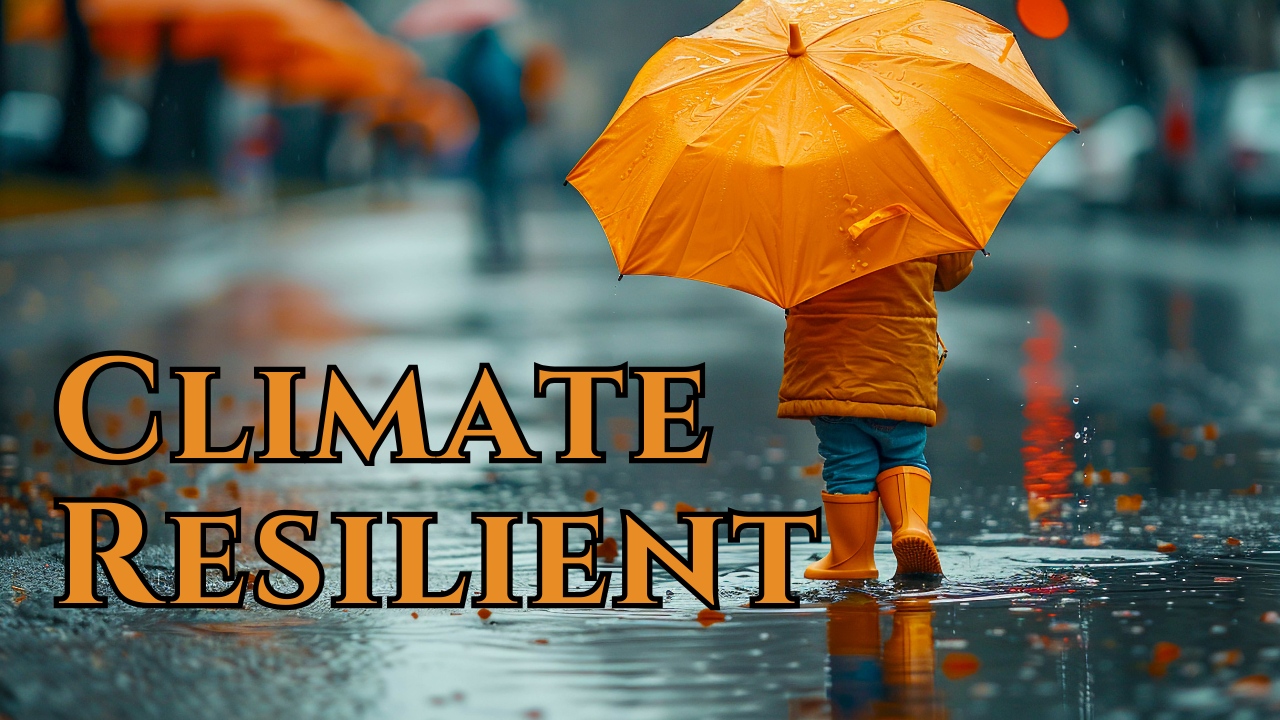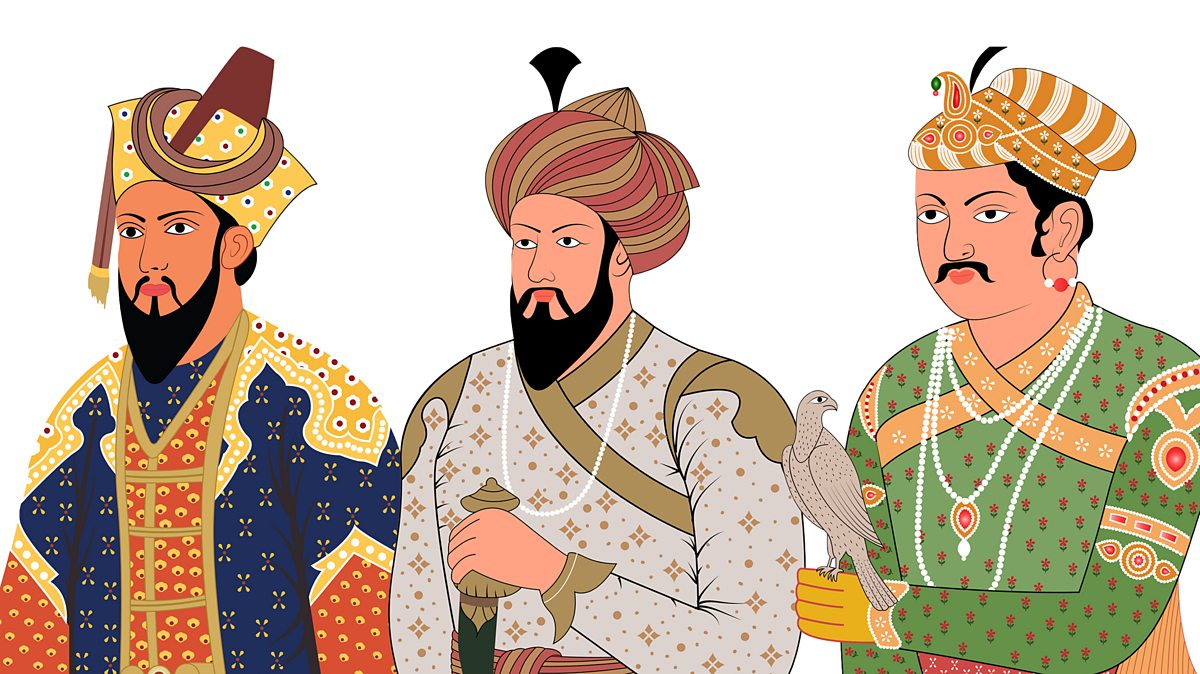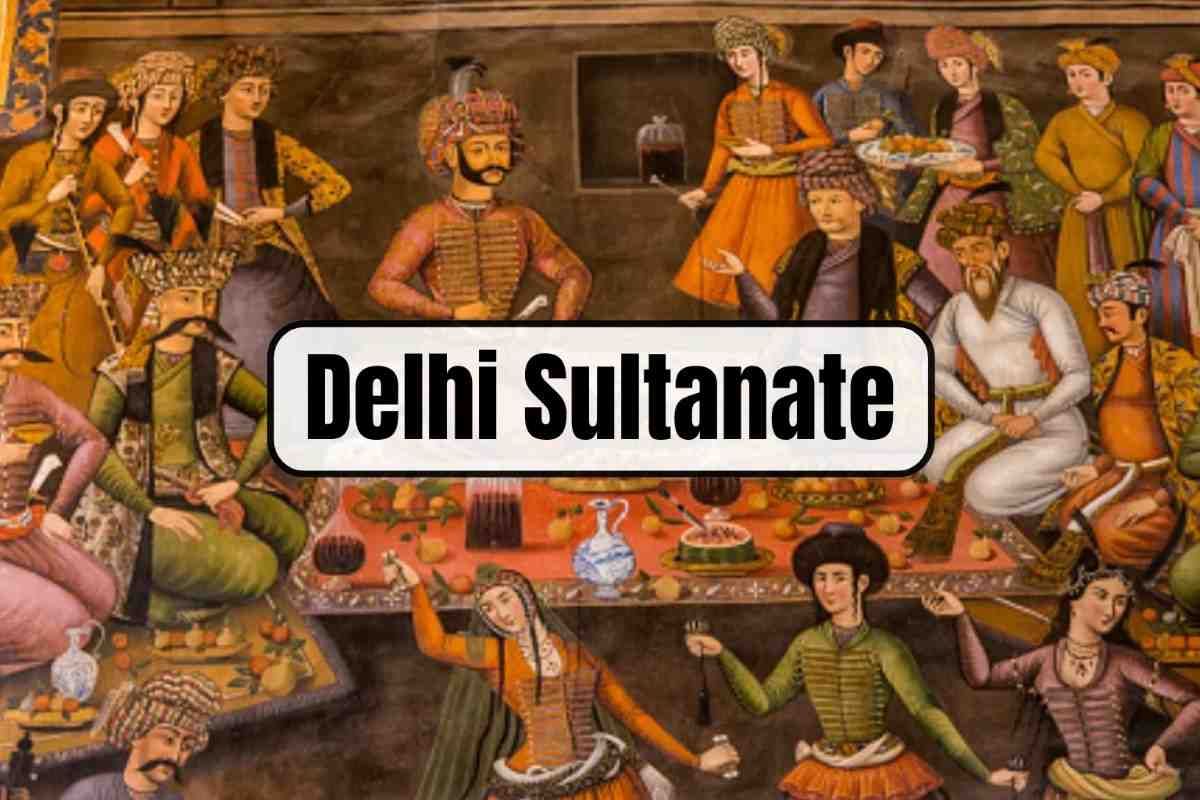Font size:
Print
Chengannur Riots
Context:
The Chengannur Riots refer to a series of communal riots that occurred in Chengannur, a town in Kerala, India, primarily between Hindus and Muslims, on 21st September 1938. These riots are notable for their intensity and the underlying socio-political tensions that led to violence in the region.
Major Causes:
- Communal Tensions: The riots were rooted in long-standing communal tensions between Hindus and Muslims in the region. These tensions were exacerbated by political mobilisation along religious lines, particularly during election periods, which often heightened inter-community conflicts, as observed in the book “The Chengannur Riot 1938” by Arun Babu Zachariah.
- Political Manipulation: Political parties sometimes exploit communal sentiments for electoral gain, intensifying rivalries between communities. This manipulation often led to violence as groups reacted to perceived threats or provocations from the other community.
- In the book, “Contesting the Nation: Religion, Community, and the Politics of Democracy in India” edited by David Ludden, the authors have showcased the politicisation of religious identities.
- Economic Factors: Economic disparities and competition for resources also played a role. Issues such as land ownership and access to local markets often became flashpoints for conflict.
- Incidents of Violence: Specific incidents, such as altercations or provocations during religious festivals or processions, often acted as triggers for larger-scale riots.
Significance and Impact:
- Social Fabric: The riots strained the social fabric of the community, leading to mistrust and division between Hindus and Muslims. This division has had lasting effects on community relations in Chengannur.
- Political Consequences: The riots influenced local politics, prompting political parties to reassess their strategies regarding communal issues. They highlighted the need for more inclusive governance and community engagement to prevent future violence.
- Policy Changes: In response to the riots, there were calls for better policing and community management strategies to handle communal tensions. This included proposals for community dialogues and increased police presence during sensitive periods.
- Historical Context: The Chengannur Riots are part of a broader pattern of communal violence in India, reflecting ongoing issues related to religious identity, nationalism, and social justice. They serve as a case study for understanding the dynamics of communal conflict in multi-religious societies.



